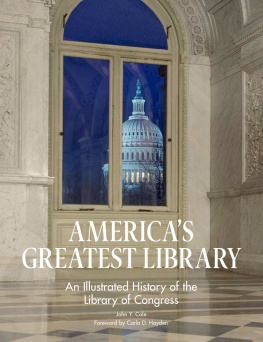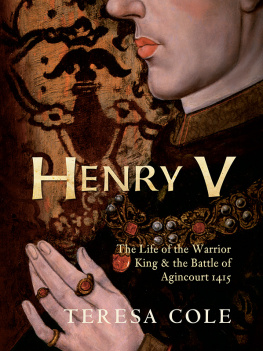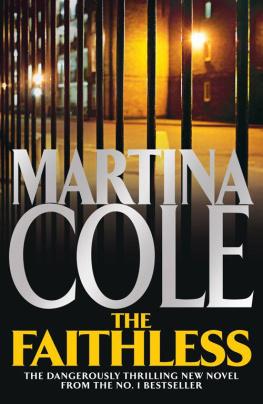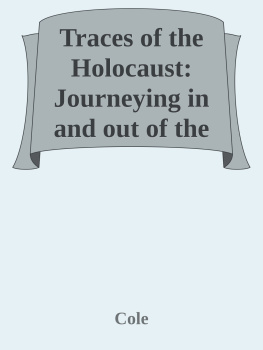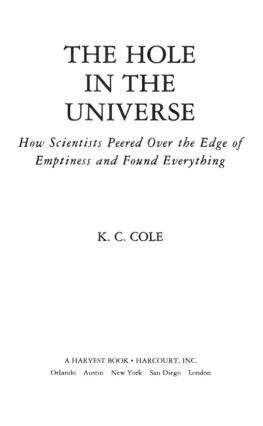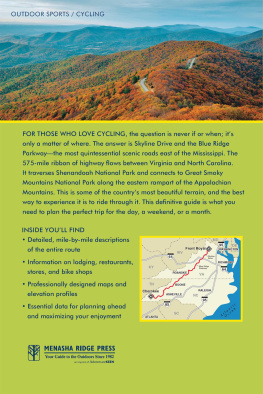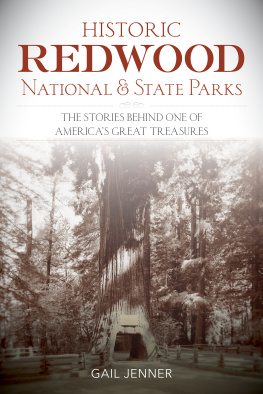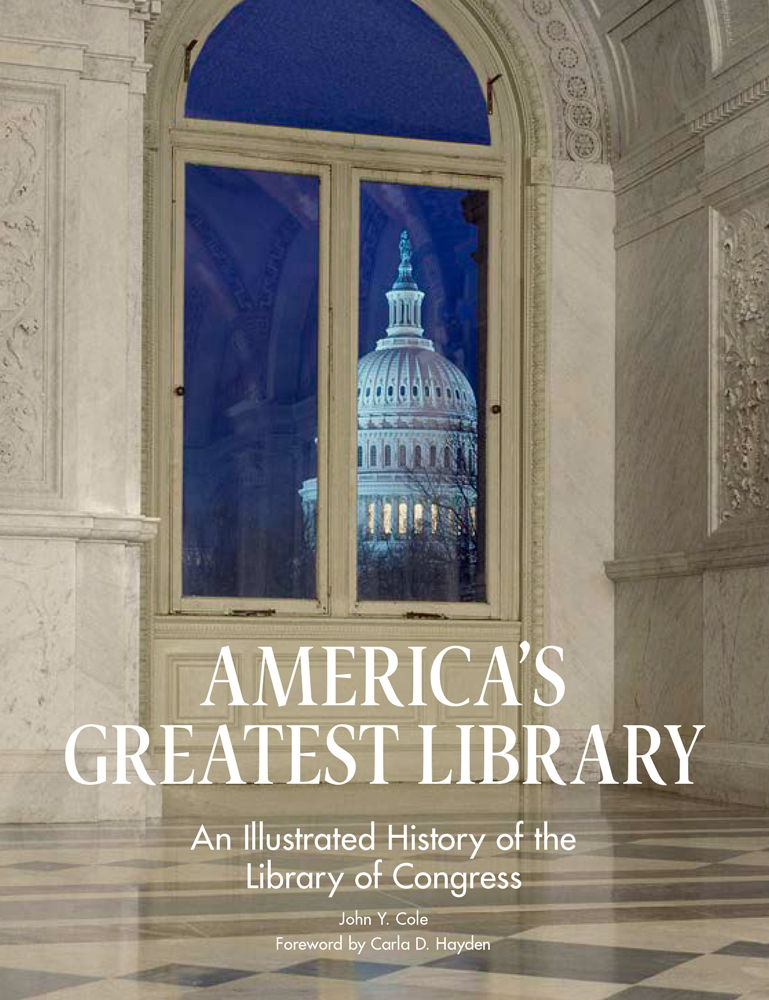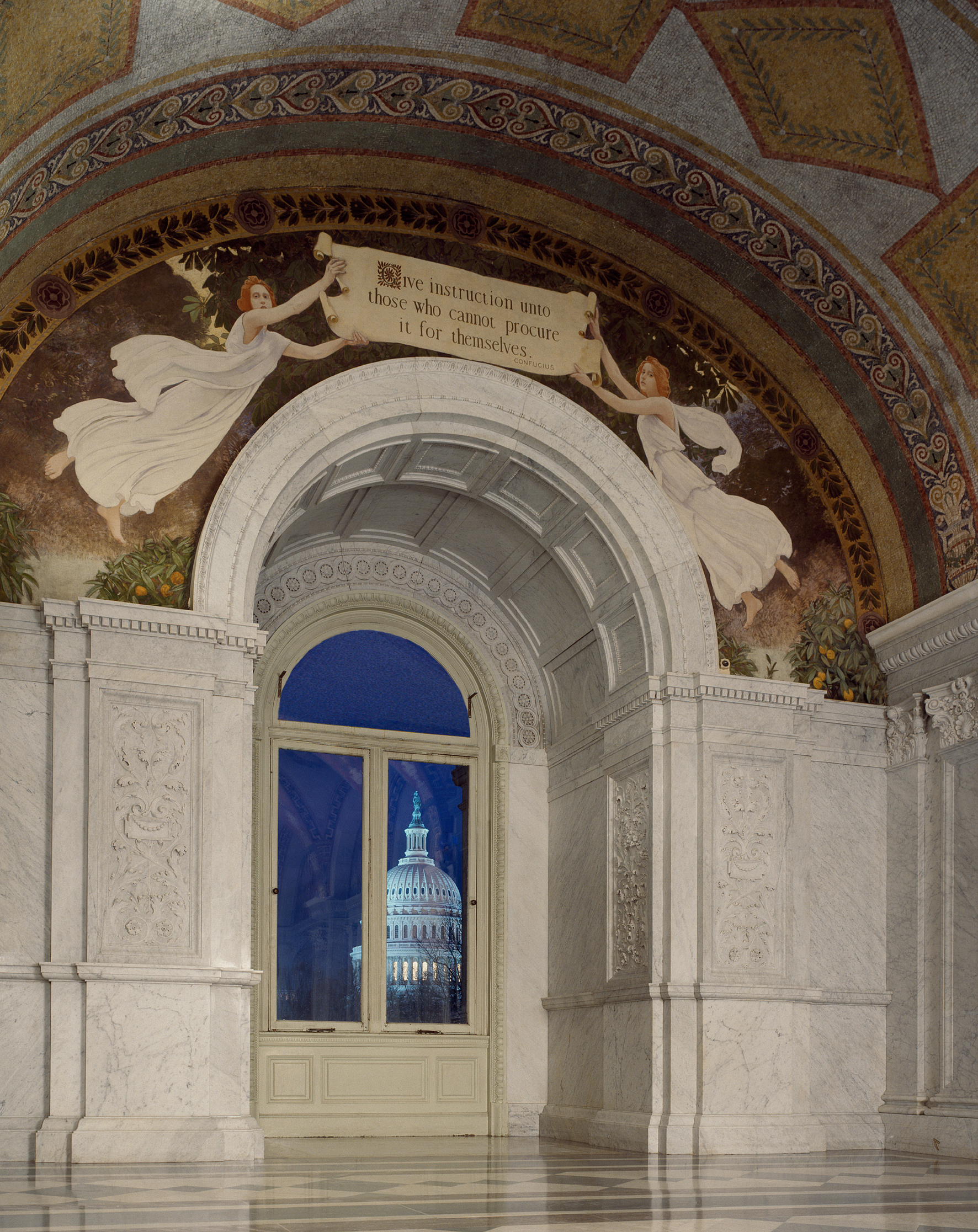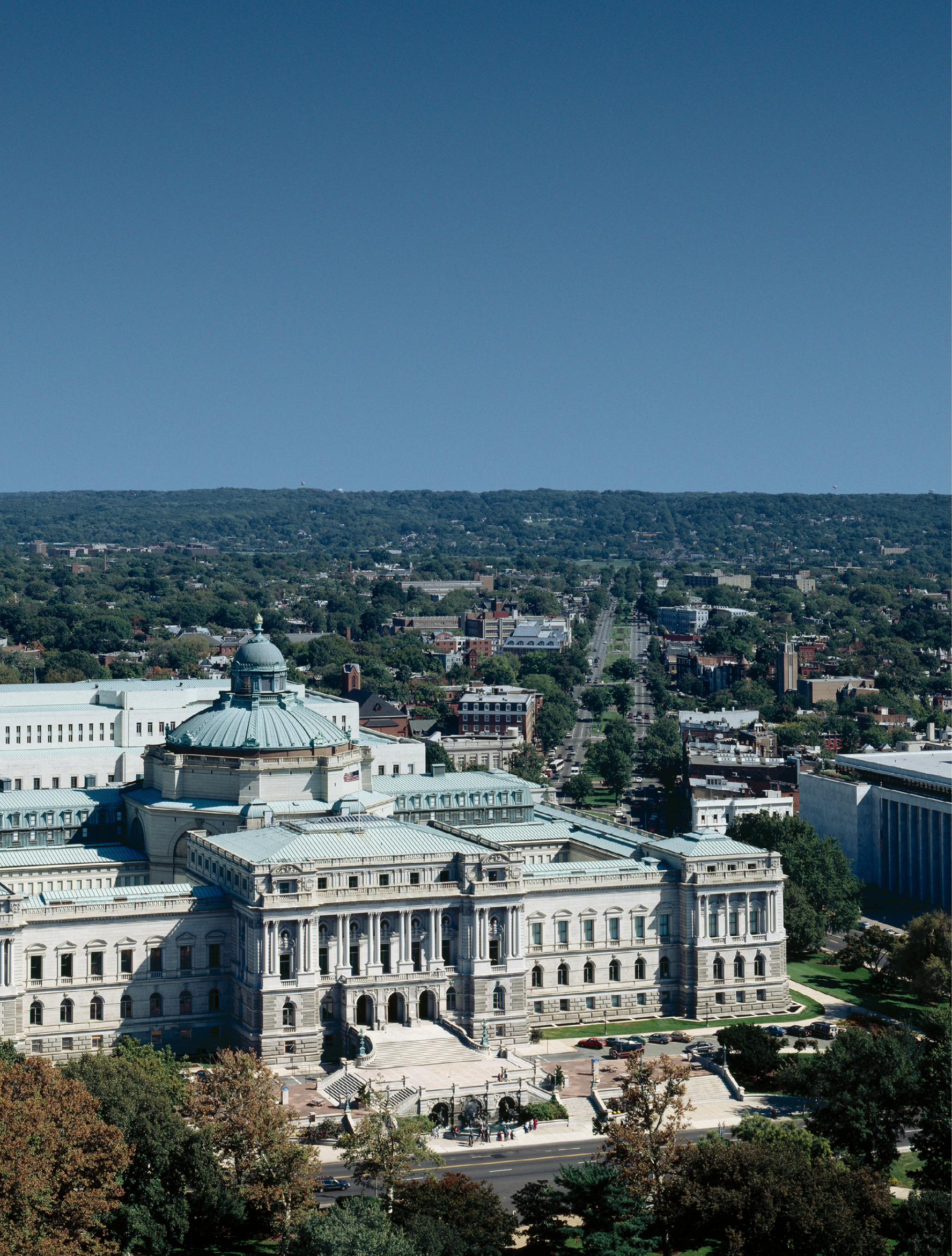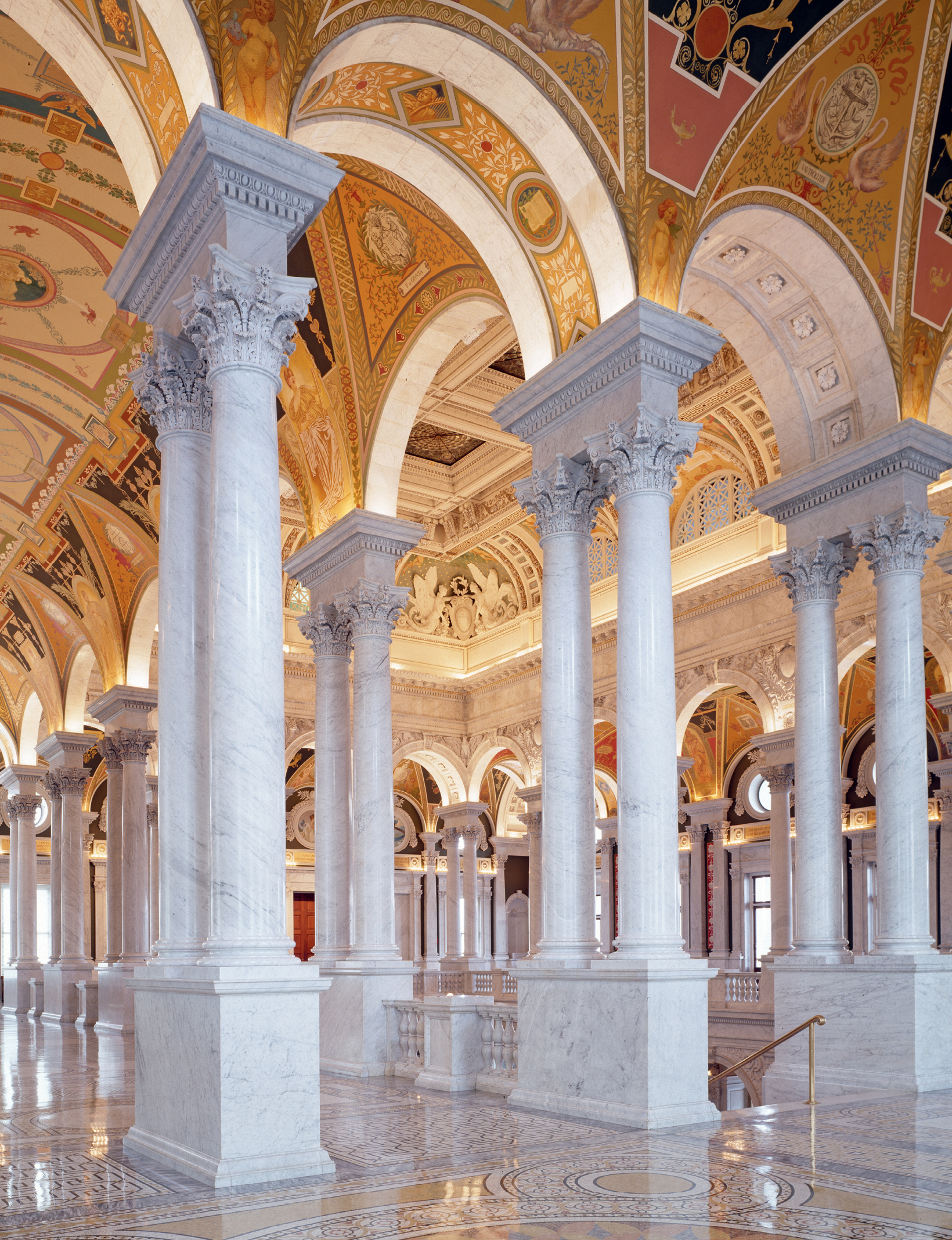Americas
Greatest Library
An Illustrated History of the
Library of Congress
John Y. Cole, Library of Congress Historian
Foreword by Carla D. Hayden, Librarian of Congress
The publication of Americas Greatest Library was made possible
by a generous gift from Julie Chrystyn Opperman.
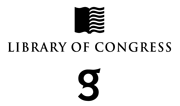
The Library of Congress, Washington, DC, in association
with D Giles Limited, London
1. View of the US Capitol at sunrise, from a window in the North Corridor of the Great Hall of the Library of Congress Thomas Jefferson Building. Above the window is a mural by Charles Sprague Pearce with a quotation from Confucius.
Copyright 2017 The Library of Congress
First published in 2017 by GILES
An imprint of D Giles Limited
4 Crescent Stables,
London SW15 2TN, UK
www.gilesltd.com
Library of Congress cataloguing data
Names: Cole, John Young, 1940- author.
Title: Americas greatest library : an illustrated history of the Library of
Congress / John Y. Cole, Library of Congress Historian ; foreword by Carla
D. Hayden, Librarian of Congress.
Description: Washington, DC : The Library of Congress, Washington, DC, in
association with D Giles Limited, London, 2017. | Includes index.
Identifiers: LCCN 2017022031| ISBN 9781911282136 (hardcover) | ISBN
9780844495750 (softcover)
Subjects: LCSH: Library of Congress--History. | Library of
Congress--History-- Pictorial works.
Classification: LCC Z733.U6 C563 2017 | DDC 027.573--dc23 LC record available at
https://lccn.loc.gov/2017022031
ISBN: 978-1-911282-13-6 (Publishers hardcover edition)
ISBN: 978-0-8444-9575-0 (Librarys softcover edition)
ISBN: 978-1-911282-30-3 (e- book edition)
All rights reserved
No part of the contents of this book may be reproduced, stored in a retrieval system, or transmitted in any form or by any means, electronic, mechanical, photocopying, recording, or otherwise, without the written permission of the Library of Congress and D Giles Limited.
For the Library of Congress
Managing Editor: Margaret Wagner
Editor and Photo Editor: Amy Pastan
Editor: Aimee Hess
For D Giles Limited
Copy-edited and proof-read by Jodi Simpson
Designed by Alfonso Iacurci
Produced by GILES,
an imprint of D Giles Limited, London
Printed and bound in China
2. The Library of Congress Thomas Jefferson Building, as seen from the dome of the US Capitol.

Foreword
Carla D. Hayden
Authors Note and Acknowledgments
John Y. Cole
Part One
For Congress
1800-1897
Part Two
For The Nation
1898-1959
Part Three
For The World
1960-2016
Appendix
The Librarians of Congress
Further Reading
Donor
Image Credits
3. The second floor of the Great Hall in the Library of Congress Thomas Jefferson Building.
Foreword
The Library of Congress occupies an important crossroads in American life, a place where the nations political and literary cultures intersect. Created by Congress in 1800, it is the major research arm of the US Congress, as well as the nations copyright agency and the worlds largest library. Since the opening of its Jefferson Building in 1897, it has served as Americas de facto national library, a multifaceted cultural institution, an international leader in library and copyright matters, and an important innovator and partner in electronic and digital network development.
The Librarys unparalleled book, manuscript, music, map, sound recording, television, film, and graphic arts collections are the heart of the institution. The Library holds some of the worlds largest collections, from sheet music to comic books; founding documents like Thomas Jeffersons handwritten draft of the Declaration of Independence; the full papers of 23 presidents; and the works of eminent Americans such as Samuel Morse, Frederick Douglass, Clara Barton, Leonard Bernstein, Bob Hope, and Thurgood Marshall. Just as important as the collections is the Librarys unsurpassed staff, comprised of dedicated specialists and skilled and loyal individuals who each year respond to millions of requests and visitors, both in person and online.
In Americas Greatest Library , John Y. Cole highlights the history, personalities, collections, and events that have created and sustained this unusual institution. Most importantly, the Library could not have flourished without the continuous support provided by the US Congress since the Librarys creation in 1800. Its purchase in 1815 of Thomas Jeffersons wide-ranging personal library became the foundation of the modern Library of Congress. The Jeffersonian concept of a universal library covering all subjects is the basis of the Librarys comprehensive collecting policies. Jeffersons belief that democracy depends on free access to knowledge eventually ensured the availability of the Librarys rich collections and extensive services not only to Congress, but also to the nation and to the entire world. Simply put, the Library of Congress is one of the greatest gifts and legacies the Congress has given to the American people.
The vision of a national library to serve members of Congress and the communities they represent continues the legacy of my 13 predecessors as Librarian of Congress. For over 200 years, each librarians experiences and contributions reflected the countrys social and historical landscape and advanced the progress of this library. Over time these leaders have expanded the scope of materials collected, advocated successfully to bring the federal copyright system here, and overseen construction of the facilities necessary to house and preserve the collections and the services offered here.
It feels like yesterday that I began my career at a store-front branch of the Chicago Public Library. Forty years later, it is an honor to lead one of the greatest institutions of our nation, and of the world. As a descendant of people who were denied the right to read, to now have the opportunity to serve and lead the institution that is our national symbol of knowledge is a historic moment for which I am grateful.
The 6th Librarian of Congress Ainsworth Rand Spofford famously called the Library the book palace of the American people when the Jefferson Building opened in 1897. But the Library of Congress is so much more than beautiful architecture wrapped around bookshelves. It is, in fact, the second part of Spoffords quoteused less oftenthat is truly powerful: the Library, he said, is the book palace of the American people in which you all have equal rights with me... in which the works of all of you will be welcomed and forever preserved.
The Library of Congress is a place where we grow scholars, where we inspire young authors, where we connect with those individuals outside the limits of Washington and help them make history themselves. This is a place where you can touch history and imagine your future. I invite you to visit the Library of Congressthrough this book and our other publications, in person, or through the Internet. There never has been a libraryor an institutionquite like it.

